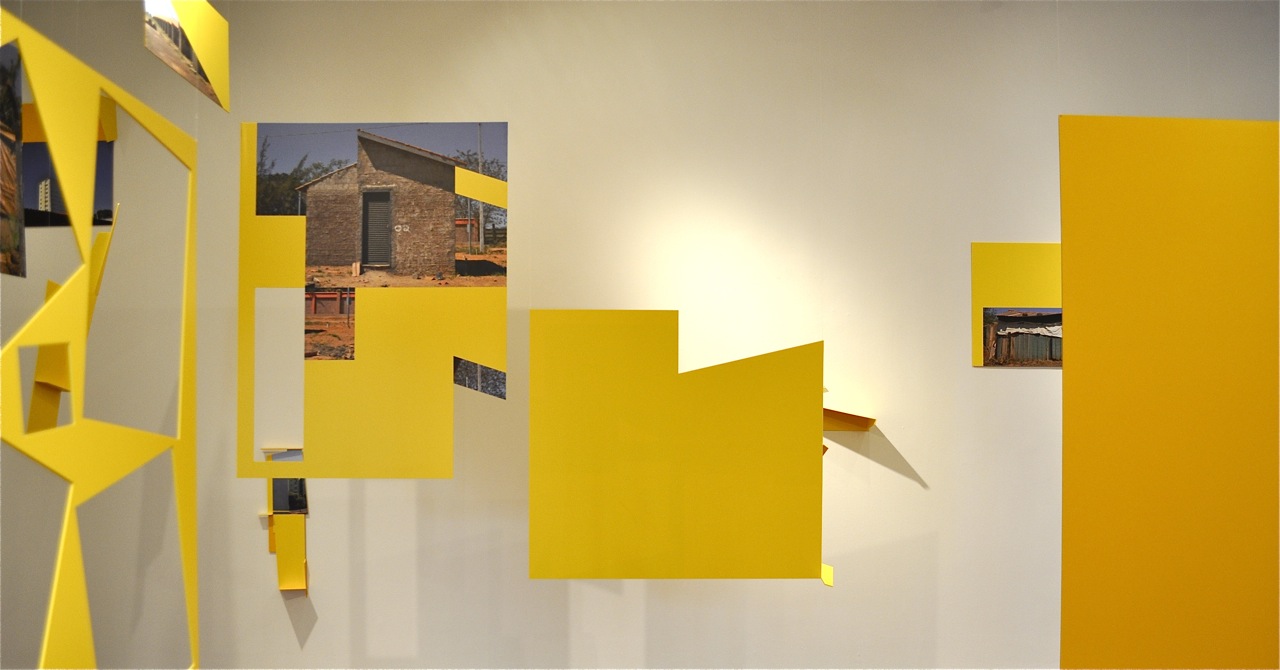Shanty Nucleus After Derrida 2
at Art Museum of the Americas and KaBe Gallery






"Shanty Nucleus After Derrida 2" was inspired by the installation series titled "Nucleus" that Helio Oiticica made between 1960 and 1963. In that series the Brazilian artist attempted the translation of painting into the "non-object". In order to achieve that status, painting had to launch itself into space by detaching its surface from the support of the canvas and the wall. In the installation Shanty Nucleus after Derrida 2, monochrome planes hung suspended in space, creating an array of configurations and walkways that enable an interactive viewing experience. These various planes constitute the color ground on which photographs have been mounted to create sculptural formations. Photography is made to function as sculpture by its insertion into a penetrable installation where sculptural reliefs and dissected planes disrupt the indexical totality of the photographic images. These images represent precarious and informal dwellings and low-income housing projects. This Nucleus presents itself as a paradox: a dystopian Eden/shantytown reformulated through a pristine display of geometric forms. Destabilizing the logic between image and support, the installation project attempts to displace the aesthetic premises of modernist abstraction outside of their original context in order to re-inscribe them in the applications of deconstruction.
"Deconstruction exists in its applications as shantytowns exist in the context of the city - eccentrically. Their emergence can be interpreted as a response to the city's hegemonic centralized entity. Shantytowns come into being as a deconstruction of the city in the most literal sense; these precarious, informal dwellings are often erected from recycled materials discarded by the city and its industries."
Sergio Vega, Parrot Theory, Catalogue, Galerie Karsten Greve, Paris, 2009, pg 42.
Shanty Nucleus After Derrida 2 at KaBe Gallery, 2013
Shanty Nucleus After Derrida 2 at KaBe Gallery, 2013

